Martial Arts in Anime: A Dynamic Intersection of Tradition and Pop Culture
Setting the Stage: Anime Meets Combat
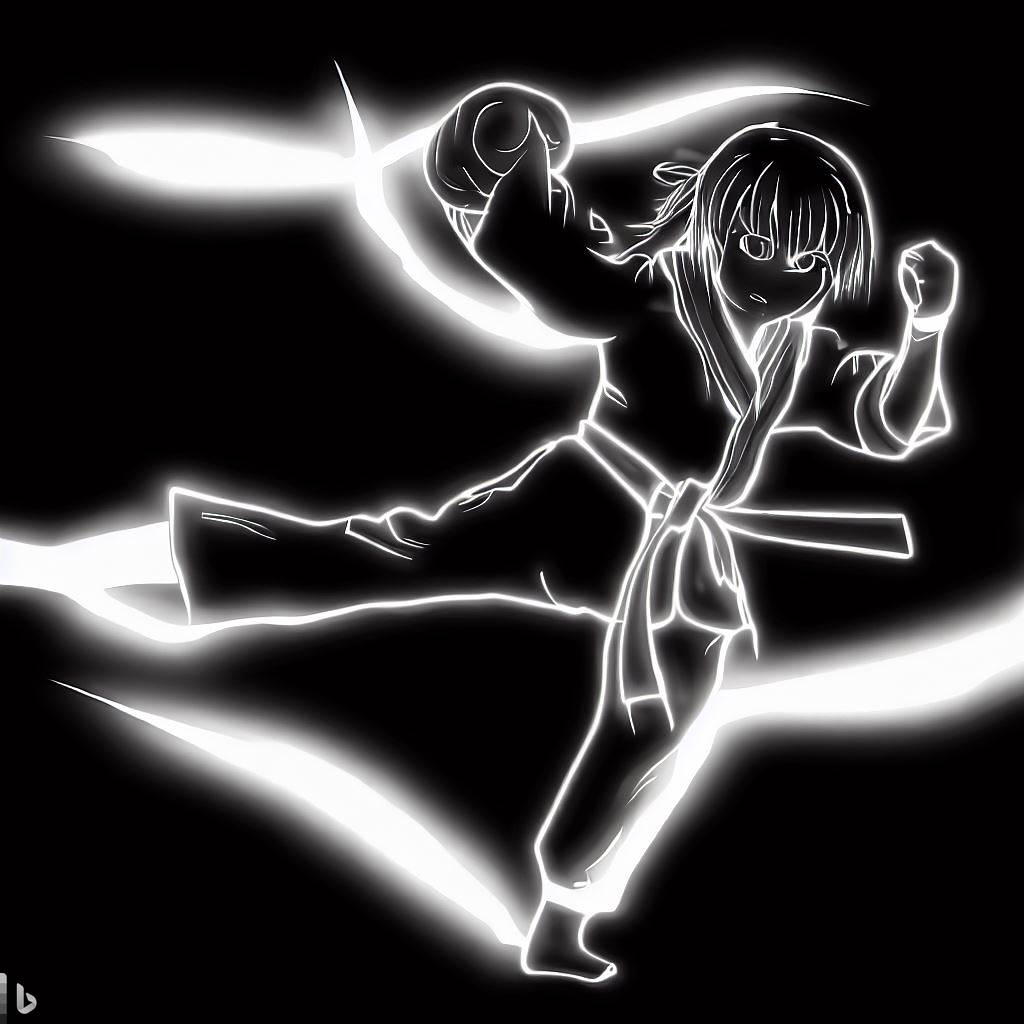
There's something profoundly captivating about the fusion of anime with martial arts. With anime's ability to exaggerate movements, delve deep into a character's psyche, and present intense combat sequences, it's no wonder that martial arts themes frequently appear. The intricate choreography, the spiritual journeys, and the sheer tenacity of characters in these stories speak to audiences on multiple levels, providing both entertainment and insight.
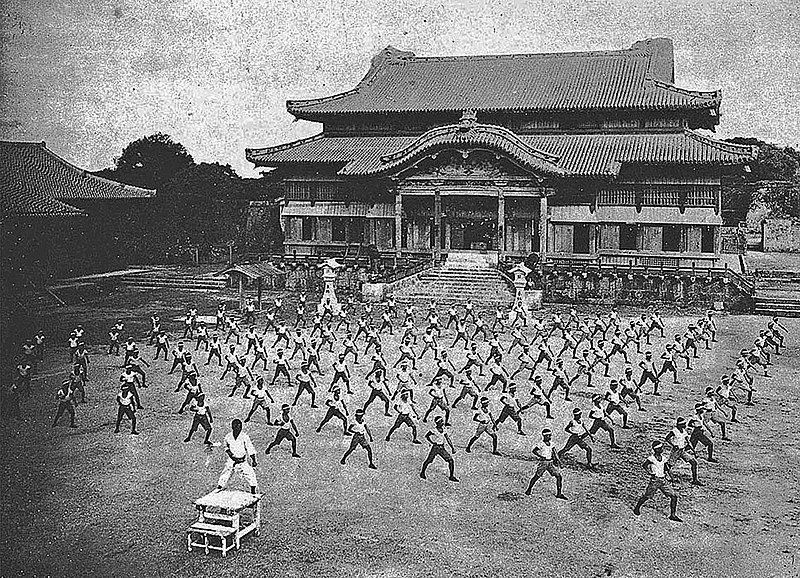
History and Evolution of Martial Arts in Anime
The Martial Arts Landscape of Japan
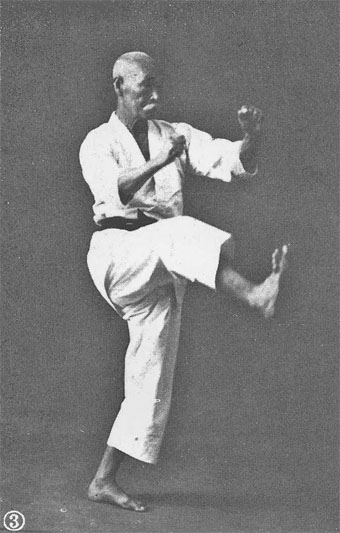
Dawn of Martial Arts in Anime
Anime, as a medium of storytelling, began its journey in Japan in the early 20th century. As it gained traction in the post-World War II era, creators began to draw upon Japan's rich tapestry of traditions, and naturally, martial arts found its way into the narrative. The 1960s and 70s were particularly formative years. During this time, themes of strength, honor, and discipline were resonant, and martial arts anime provided a platform to explore these themes in a modern, post-war context.
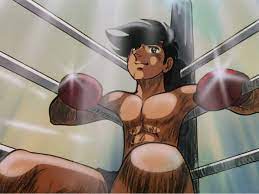
The 1970s continued to propel martial arts anime into the limelight with titles like "Karate Baka Ichidai," which delved into the world of Karate. With these series, anime began to diversify the types of martial arts represented, from traditional Karate to the more modern realms of boxing. This decade was crucial in solidifying martial arts as a genre within anime, paving the way for many iconic titles in the subsequent years.
Prominent Anime Series Depicting Martial Arts
Hajime no Ippo: Modern Sport Meets Tradition
 "Hajime no Ippo" (2000~2002) provides a visceral look into the world of boxing. Unlike many other anime, it balances the line between realism and dramatization, making it not just a source of entertainment, but also an informative insight into the sport. We follow the protagonist, Ippo Makunouchi, as he evolves from a timid boy to a boxing prodigy. Alongside the thrilling matches, the series delves deep into the training, techniques, and mentality required in boxing. Ippo's journey is not just about fights, but also about understanding oneself, proving that modern sports like boxing can serve as a conduit for self-discovery and growth.
"Hajime no Ippo" (2000~2002) provides a visceral look into the world of boxing. Unlike many other anime, it balances the line between realism and dramatization, making it not just a source of entertainment, but also an informative insight into the sport. We follow the protagonist, Ippo Makunouchi, as he evolves from a timid boy to a boxing prodigy. Alongside the thrilling matches, the series delves deep into the training, techniques, and mentality required in boxing. Ippo's journey is not just about fights, but also about understanding oneself, proving that modern sports like boxing can serve as a conduit for self-discovery and growth.
Samurai Champloo: A Tapestry of Edo-era Japan
 "Samurai Champloo" (2004~2005) is a unique blend of Edo-era aesthetics and modern hip-hop vibes. At its heart, it's a tale of three wanderers embarking on a journey filled with sword fights and personal quests. The series introduces us to the concept of musha shugyō – the samurai's pilgrimage for martial enlightenment. As the trio encounters various challenges, we're treated to beautifully choreographed fight sequences that combine historical techniques with contemporary flair. Through its episodic tales, "Samurai Champloo" emphasizes the importance of personal growth and understanding in the life of a martial artist.
"Samurai Champloo" (2004~2005) is a unique blend of Edo-era aesthetics and modern hip-hop vibes. At its heart, it's a tale of three wanderers embarking on a journey filled with sword fights and personal quests. The series introduces us to the concept of musha shugyō – the samurai's pilgrimage for martial enlightenment. As the trio encounters various challenges, we're treated to beautifully choreographed fight sequences that combine historical techniques with contemporary flair. Through its episodic tales, "Samurai Champloo" emphasizes the importance of personal growth and understanding in the life of a martial artist.
Avatar: The Last Airbender: A Melting Pot of Martial Arts
 While "Avatar: The Last Airbender" (2005) isn't a Japanese production, its deep roots in Asian martial arts earn it a spot in this discussion. The series masterfully integrates various Chinese martial arts styles into its elemental bending techniques – Waterbending is based on Tai Chi, Earthbending on Hung Gar, Firebending on Northern Shaolin, and Airbending on Ba Gua. This intricate detail not only makes the fight scenes spectacular but also showcases a deep respect for the art forms. Set in a fantasy world, the series underscores how martial arts, even in fictional settings, can be a bridge between cultures and philosophies.
While "Avatar: The Last Airbender" (2005) isn't a Japanese production, its deep roots in Asian martial arts earn it a spot in this discussion. The series masterfully integrates various Chinese martial arts styles into its elemental bending techniques – Waterbending is based on Tai Chi, Earthbending on Hung Gar, Firebending on Northern Shaolin, and Airbending on Ba Gua. This intricate detail not only makes the fight scenes spectacular but also showcases a deep respect for the art forms. Set in a fantasy world, the series underscores how martial arts, even in fictional settings, can be a bridge between cultures and philosophies.
Bamboo Blade: The Heartbeat of a Kendo Club
 "Bamboo Blade" (2007~2008) is a refreshing dive into the everyday life of a high school kendo club. While many martial arts anime focus on grand tournaments or epic adventures, this series zooms in on the daily practices, interpersonal relationships, and the significance of school clubs in Japanese culture. It sheds light on kendo not just as a martial art but also as a way of life for many Japanese students. The series blends comedy, drama, and sport, highlighting the ups and downs faced by young individuals committed to mastering their art. Through the lens of Bamboo Blade, viewers understand that the journey in martial arts is not always about victories or defeats, but the lessons learned along the way.
"Bamboo Blade" (2007~2008) is a refreshing dive into the everyday life of a high school kendo club. While many martial arts anime focus on grand tournaments or epic adventures, this series zooms in on the daily practices, interpersonal relationships, and the significance of school clubs in Japanese culture. It sheds light on kendo not just as a martial art but also as a way of life for many Japanese students. The series blends comedy, drama, and sport, highlighting the ups and downs faced by young individuals committed to mastering their art. Through the lens of Bamboo Blade, viewers understand that the journey in martial arts is not always about victories or defeats, but the lessons learned along the way.
Dragon Ball: A Martial Arts gone wild
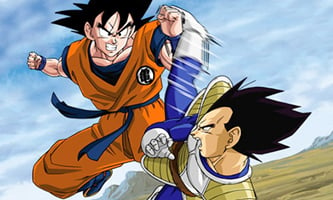
As the series progresses to "Dragon Ball Z" and beyond, martial arts training takes on a cosmic scale, but the roots remain grounded in real-world practices. The concept of ki, an integral part of the series, is a direct reference to 'chi' or 'qi' – the life force energy central to many Asian martial disciplines. The rigorous training undertaken by characters, whether in the gravity chamber or under the watchful eye of King Kai, often emphasizes endurance, meditation, and technique refinement, mirroring real-world martial arts training regimes. Techniques like the Kaio-ken or the Instant Transmission, while obviously exaggerated, still emphasize the importance of mental focus, discipline, and mastery – key elements in any martial art.
Anime’s Martial Arts Influence on Global Pop Culture
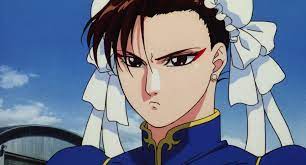
This heightened fascination can be observed in the surge of enrollments in martial arts schools during and after the peak popularity periods of these series. For instance, after the rise of "Naruto" in the west, there was a noticeable uptick in interest in ninjutsu and related martial arts disciplines. Children and teenagers, inspired by the likes of Sasuke and Naruto, sought to learn actual martial techniques, even if they couldn't actually summon a Rasengan. Similarly, the iconic 'Hadouken' move from "Street Fighter" inspired many to explore traditional Shotokan Karate, the martial art Ryu and Ken supposedly practiced.

Must-Watch Martial Arts Anime and Manga
For readers keen on diving deeper into the martial arts genre, there are several anime and manga series that stand out. "Kenichi: The Mightiest Disciple" portrays the journey of a young boy who trains under various martial arts masters, each specialized in a distinct discipline, giving viewers a taste of styles ranging from Karate to Chinese Kenpo.
"Baki the Grappler" offers an intense portrayal of underground fighting tournaments, emphasizing strength and combat technique intricacies. For those looking for historical depth, "Vagabond" is a manga that fictionalizes the life of Miyamoto Musashi, Japan's most renowned swordsman.

Starting Your Own Martial Arts Journey

Remember, consistency is key. Just like our favorite anime protagonists, mastery comes with time, dedication, and relentless practice. Joining online forums or community groups dedicated to martial arts can also be beneficial, providing guidance, answering queries, and offering a supportive community as you begin this exciting journey.
Martial Reflections: Anime's Enduring Legacy

For many of us, anime serves not just as a pastime but a lens through which we view and understand the world. It’s intriguing to consider that behind every high-octane fight scene or display of martial prowess in an anime, there lies a more profound tale of dedication, respect, and continuous learning. And so, as the screen fades to black, we're left with more than just a story; we get a glimpse into the heart of a culture, the resilience of its people, and the ever-evolving art of combat.
"Strong Japanese Women"
see book by the author
of the page
未開 ソビエライ
An enthusiast of Asian culture with a deep appreciation for the diverse philosophies of the world. By education, a psychologist and philologist specializing in Korean studies. At heart, a programmer (primarily for Android) and a passionate technology enthusiast, as well as a practitioner of Zen and mono no aware. In moments of tranquility, adheres to a disciplined lifestyle, firmly believing that perseverance, continuous personal growth, and dedication to one's passions are the wisest paths in life. Author of the book "Strong Women of Japan" (>>see more)
Personal motto:
"The most powerful force in the universe is compound interest." - Albert Einstein (probably)
Mike Soray
(aka Michał Sobieraj)
未開 ソビエライ
An enthusiast of Asian culture with a deep appreciation for the diverse philosophies of the world. By education, a psychologist and philologist specializing in Korean studies. At heart, a programmer (primarily for Android) and a passionate technology enthusiast, as well as a practitioner of Zen and mono no aware. In moments of tranquility, adheres to a disciplined lifestyle, firmly believing that perseverance, continuous personal growth, and dedication to one's passions are the wisest paths in life. Author of the book "Strong Women of Japan" (>>see more)
Personal motto:
"The most powerful force in the universe is compound interest." - Albert Einstein (probably)
Mike Soray
(aka Michał Sobieraj)
Write us...
Ciechanów, Polska
dr.imyon@gmail.com
___________________
inari.smart
Would you like to share your thoughts or feedback about our website or app? Leave us a message, and we’ll get back to you quickly. We value your perspective!
 "Hajime no Ippo" (2000~2002) provides a visceral look into the world of boxing. Unlike many other anime, it balances the line between realism and dramatization, making it not just a source of entertainment, but also an informative insight into the sport. We follow the protagonist, Ippo Makunouchi, as he evolves from a timid boy to a boxing prodigy. Alongside the thrilling matches, the series delves deep into the training, techniques, and mentality required in boxing. Ippo's journey is not just about fights, but also about understanding oneself, proving that modern sports like boxing can serve as a conduit for self-discovery and growth.
"Hajime no Ippo" (2000~2002) provides a visceral look into the world of boxing. Unlike many other anime, it balances the line between realism and dramatization, making it not just a source of entertainment, but also an informative insight into the sport. We follow the protagonist, Ippo Makunouchi, as he evolves from a timid boy to a boxing prodigy. Alongside the thrilling matches, the series delves deep into the training, techniques, and mentality required in boxing. Ippo's journey is not just about fights, but also about understanding oneself, proving that modern sports like boxing can serve as a conduit for self-discovery and growth. "Samurai Champloo" (2004~2005) is a unique blend of Edo-era aesthetics and modern hip-hop vibes. At its heart, it's a tale of three wanderers embarking on a journey filled with sword fights and personal quests. The series introduces us to the concept of musha shugyō – the samurai's pilgrimage for martial enlightenment. As the trio encounters various challenges, we're treated to beautifully choreographed fight sequences that combine historical techniques with contemporary flair. Through its episodic tales, "Samurai Champloo" emphasizes the importance of personal growth and understanding in the life of a martial artist.
"Samurai Champloo" (2004~2005) is a unique blend of Edo-era aesthetics and modern hip-hop vibes. At its heart, it's a tale of three wanderers embarking on a journey filled with sword fights and personal quests. The series introduces us to the concept of musha shugyō – the samurai's pilgrimage for martial enlightenment. As the trio encounters various challenges, we're treated to beautifully choreographed fight sequences that combine historical techniques with contemporary flair. Through its episodic tales, "Samurai Champloo" emphasizes the importance of personal growth and understanding in the life of a martial artist. While "Avatar: The Last Airbender" (2005) isn't a Japanese production, its deep roots in Asian martial arts earn it a spot in this discussion. The series masterfully integrates various Chinese martial arts styles into its elemental bending techniques – Waterbending is based on Tai Chi, Earthbending on Hung Gar, Firebending on Northern Shaolin, and Airbending on Ba Gua. This intricate detail not only makes the fight scenes spectacular but also showcases a deep respect for the art forms. Set in a fantasy world, the series underscores how martial arts, even in fictional settings, can be a bridge between cultures and philosophies.
While "Avatar: The Last Airbender" (2005) isn't a Japanese production, its deep roots in Asian martial arts earn it a spot in this discussion. The series masterfully integrates various Chinese martial arts styles into its elemental bending techniques – Waterbending is based on Tai Chi, Earthbending on Hung Gar, Firebending on Northern Shaolin, and Airbending on Ba Gua. This intricate detail not only makes the fight scenes spectacular but also showcases a deep respect for the art forms. Set in a fantasy world, the series underscores how martial arts, even in fictional settings, can be a bridge between cultures and philosophies. "Bamboo Blade" (2007~2008) is a refreshing dive into the everyday life of a high school kendo club. While many martial arts anime focus on grand tournaments or epic adventures, this series zooms in on the daily practices, interpersonal relationships, and the significance of school clubs in Japanese culture. It sheds light on kendo not just as a martial art but also as a way of life for many Japanese students. The series blends comedy, drama, and sport, highlighting the ups and downs faced by young individuals committed to mastering their art. Through the lens of Bamboo Blade, viewers understand that the journey in martial arts is not always about victories or defeats, but the lessons learned along the way.
"Bamboo Blade" (2007~2008) is a refreshing dive into the everyday life of a high school kendo club. While many martial arts anime focus on grand tournaments or epic adventures, this series zooms in on the daily practices, interpersonal relationships, and the significance of school clubs in Japanese culture. It sheds light on kendo not just as a martial art but also as a way of life for many Japanese students. The series blends comedy, drama, and sport, highlighting the ups and downs faced by young individuals committed to mastering their art. Through the lens of Bamboo Blade, viewers understand that the journey in martial arts is not always about victories or defeats, but the lessons learned along the way.
